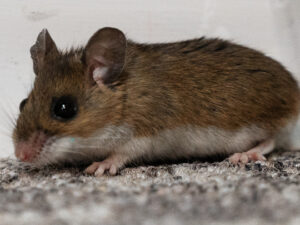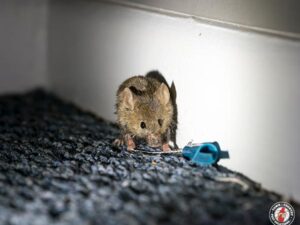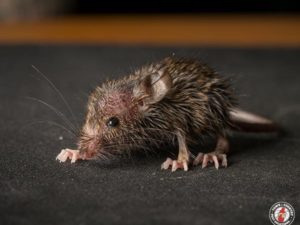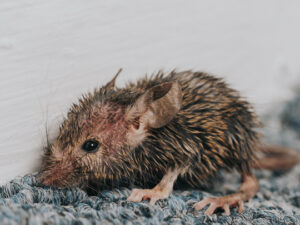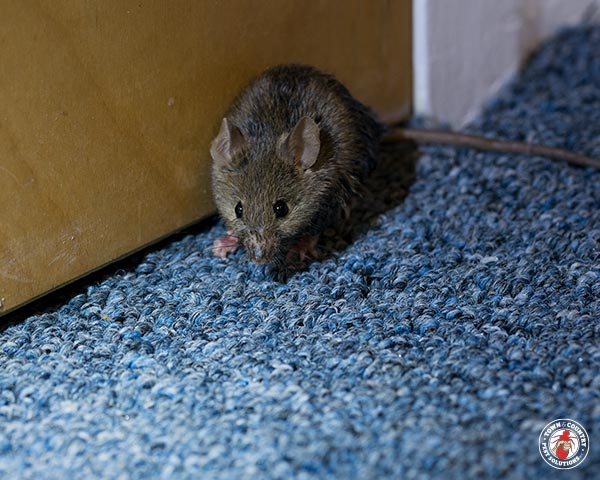
The house mouse, hailing from Central Asia, has invaded nearly the entirety of the American continents, ever since it was introduced by European colonizers a few centuries ago. It is now a staple species wherever you have a human settlement.
However, in the few hundred years that this species lived in North America, the populations of the west and east coast have evolved along similar lines when it comes to body size and nesting behavior. Researchers have observed that these two populations have adapted to their environments in similar ways by evolving the same genetic mutations.
This study has allowed scientists to track genetic mutations of different populations of the same species over time in a natural setting. Similar experiments have been conducted on insects and fish, but only in a laboratory setting.
What this research indicates is that an organism will use the same genes to evolve and adapt in different environments, and it helps us better understand how humans evolve as well. One example of a parallel yet somewhat divergent evolutionary path is in the nest size of mice on the northeast part of the continent compared to smaller nest size of mice in the southern US. Even when you take individuals from both of these populations and you place them in similar weather conditions for several generations, their nest building behavior remains the same – with northeastern mice building larger nests than southern mice.
The mice have undergone other changes to their genotype and phenotype, from changes in fur color to match their environment to developing resistance to certain insecticides used in their respective environments. Mice from northern areas were also larger than southern mice, with large bodies being a well-known adaptation to colder weather. In fact, the mice were often 50% larger in northern climates. What’s even more interesting is that when the researchers took individuals from both northeastern and northwestern populations, and they’ve sequenced their genome, they found that they are not closely related at all genetically speaking, yet both populations have adapted to the colder weather in similar ways.
From this study we can conclude that each species has a root set of genes that will determine adaptations to various environments, adaptations which develop over the course of dozens or hundreds of generations, and which cannot be reversed in the span of four or five generations.

